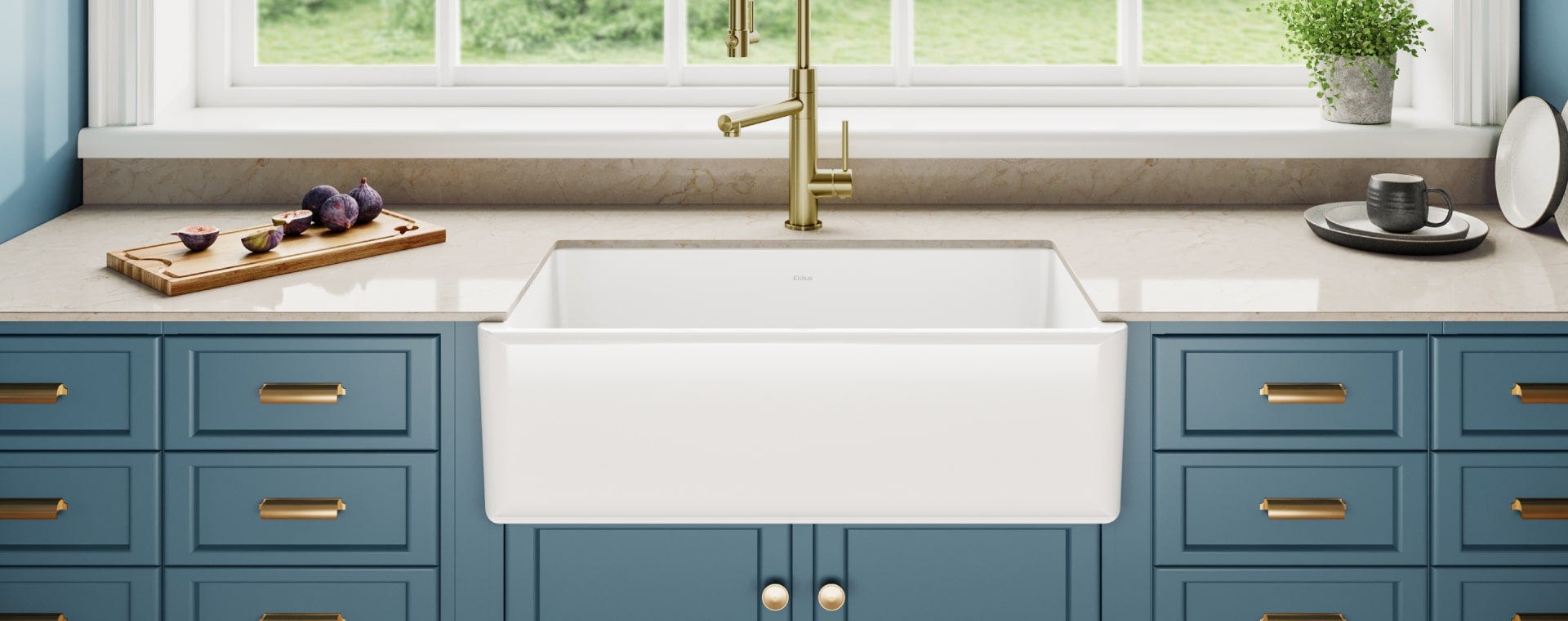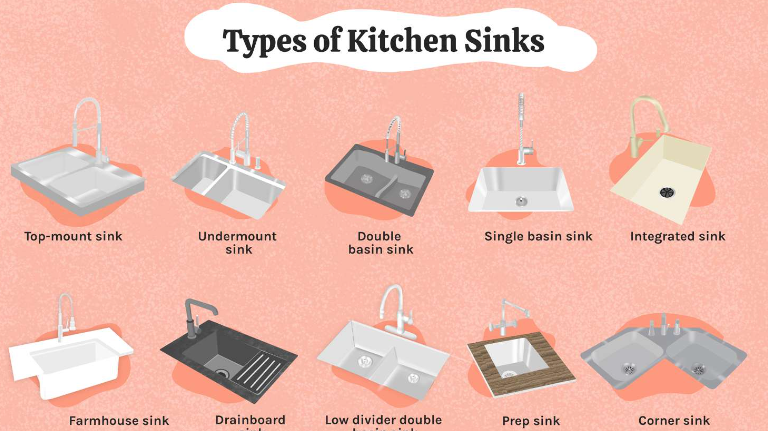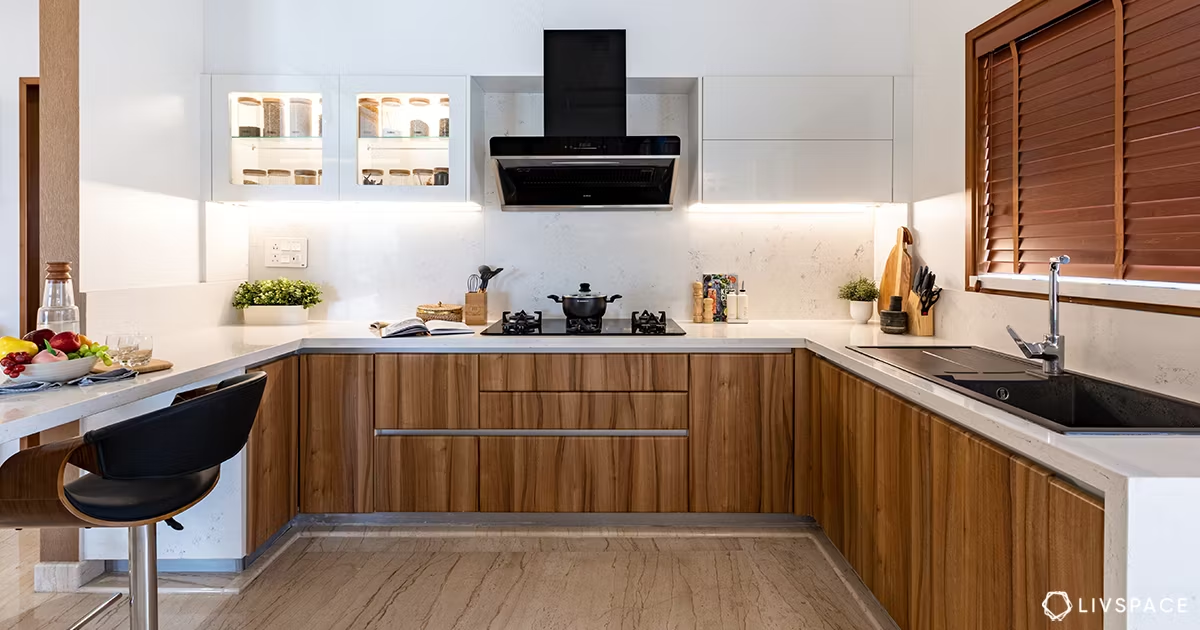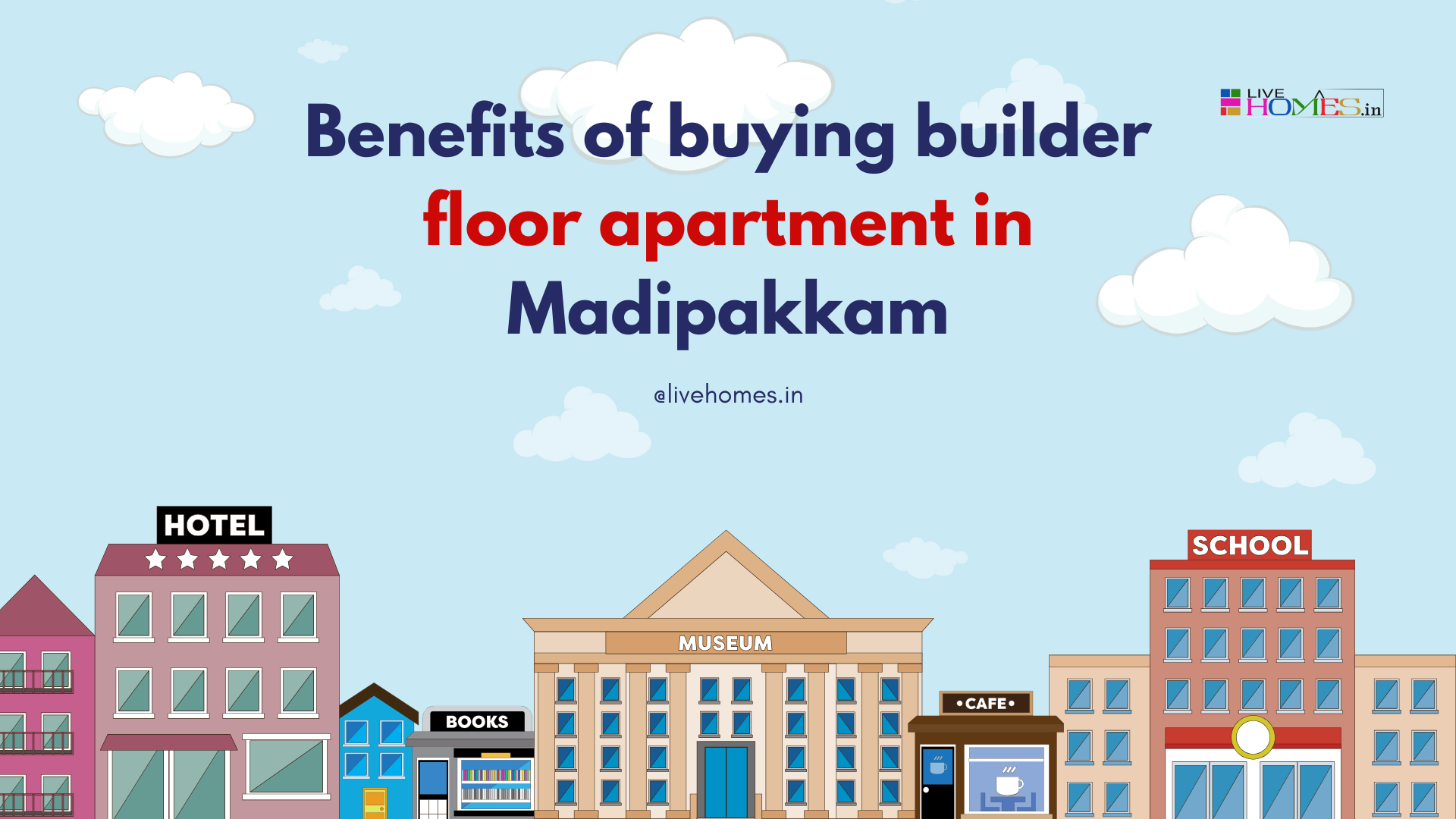Kitchen sinks come in various styles and materials, each offering different benefits and aesthetics. Here's a detailed overview of the types of kitchen sinks:
1. Types by Installation
a. Top-Mount (Drop-In) Sinks:

- Description: These sinks are dropped into a hole cut out of the countertop, with the sink’s rim resting on the countertop surface.
- Pros: Easy installation, affordable, easy to replace.
- Cons: The rim can trap dirt and debris, making it harder to clean.
b. Undermount Sinks:

- Description: Installed beneath the countertop, creating a seamless look.
- Pros: Easy to clean as there is no rim; modern appearance.
- Cons: More challenging and costly to install; requires sturdy countertop material.
c. Farmhouse (Apron-Front) Sinks:

- Description: Characterized by a front-facing panel that juts out from the cabinetry.
- Pros: Large, deep basin; attractive, vintage look.
- Cons: Expensive; requires custom cabinetry; can be prone to chipping.
d. Integrated Sinks:
- Description: Made from the same material as the countertop, providing a seamless transition.
- Pros: Sleek and modern; easy to clean.
- Cons: Costly; limited to certain materials like solid surface or stone.
e. Wall-Mounted Sinks:

- Description: Attached directly to the wall, without the need for a countertop.
- Pros: Frees up floor space; unique appearance.
- Cons: Requires strong wall support; limited in style and size.
2. Types by Material
a. Stainless Steel:
- Pros: Durable, easy to clean, heat and stain resistant, relatively inexpensive.
- Cons: Can be noisy; prone to scratches and water spots.
b. Porcelain (Enamel):
- Pros: Classic and stylish; available in various colors.
- Cons: Can chip and stain; less durable than some other materials.
c. Composite Granite:
- Pros: Durable, scratch and stain resistant, available in different colors.
- Cons: Can be expensive; heavier and may require additional support.
| "Best Builders Floor Apartment in Chennai" |
d. Cast Iron:
- Pros: Extremely durable, retains heat well, classic look.
- Cons: Very heavy; can chip and rust if the enamel coating is damaged.
e. Fireclay:
- Pros: Similar appearance to porcelain but more durable; resistant to chips and stains.
- Cons: Expensive; heavy and requires proper support.
f. Copper:
- Pros: Antimicrobial properties; unique, aesthetic appeal.
- Cons: Expensive; requires special care to maintain appearance.
g. Solid Surface:
- Pros: Seamless look when integrated with the countertop; easy to clean.
- Cons: Less heat resistant; can scratch and stain.
3. Types by Configuration
a. Single Bowl Sinks:
- Pros: Large, uninterrupted space; great for washing large items.
- Cons: Lacks separation for multitasking.
b. Double Bowl Sinks:
- Pros: Versatile; can separate tasks like washing and rinsing.
- Cons: Smaller bowls can limit the size of items you can wash.
c. Triple Bowl Sinks:
- Pros: Offers maximum flexibility; separate areas for different tasks.
- Cons: Requires more counter space; can be expensive.
d. Bar or Prep Sinks:
- Pros: Small and convenient for bar areas or as a secondary sink.
- Cons: Limited functionality due to small size.
4. Special Features
a. Integrated Drainboards:
- Description: A built-in area for drying dishes.
- Pros: Keeps countertops dry; adds convenience.
- Cons: Takes up counter space.
b. Workstation Sinks:
- Description: Include built-in accessories like cutting boards, colanders, and drying racks.
- Pros: Increases functionality; space-saving.
- Cons: Can be expensive; may require more maintenance.
When choosing a kitchen sink, consider factors like your kitchen's layout, your cooking habits, the type of countertop material, and your budget. The right sink can enhance both the functionality and aesthetics of your kitchen.
Also read: Types of Interior Designing , interior for luxury look.
https://www.livehomes.in/blogs













